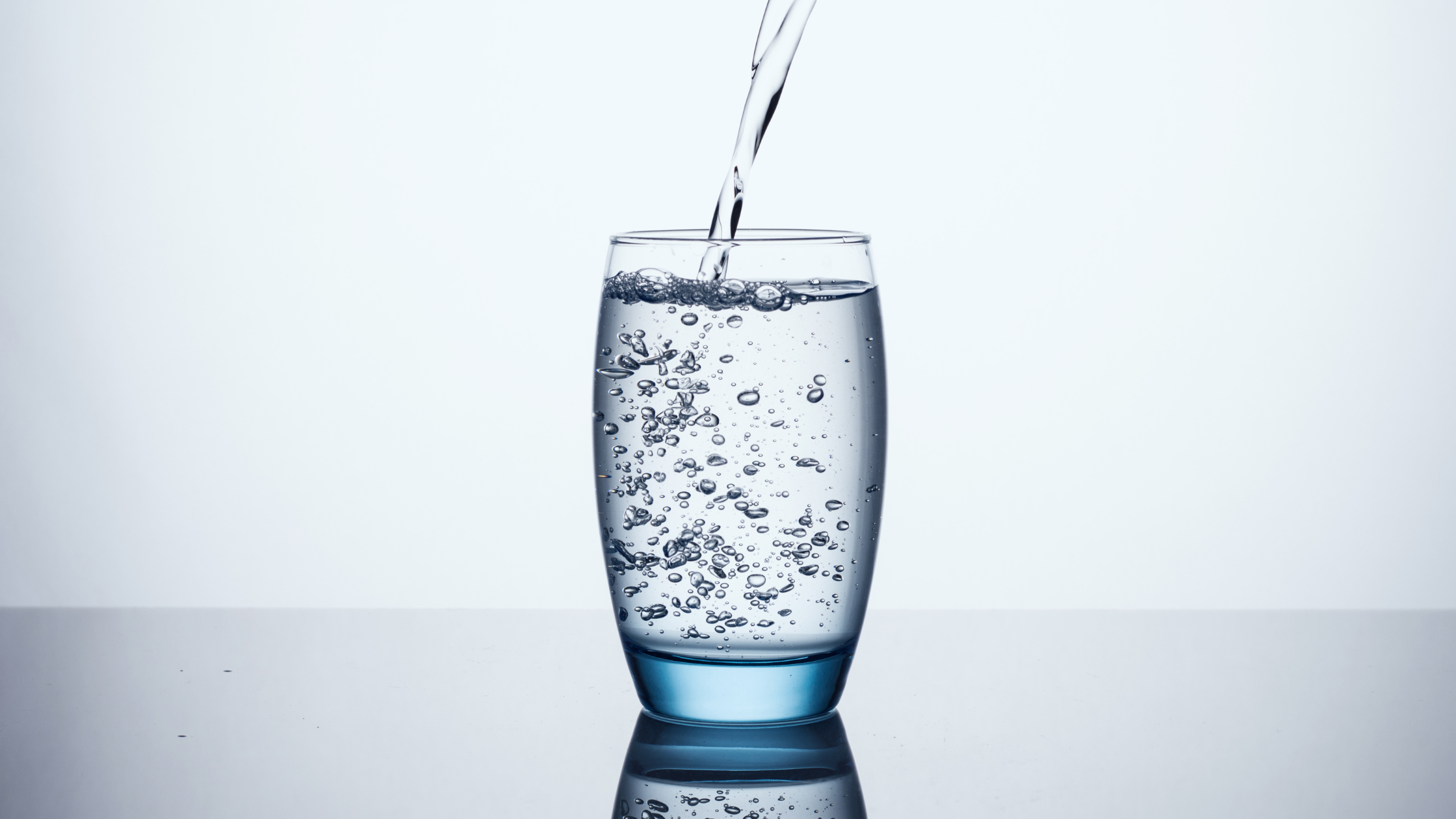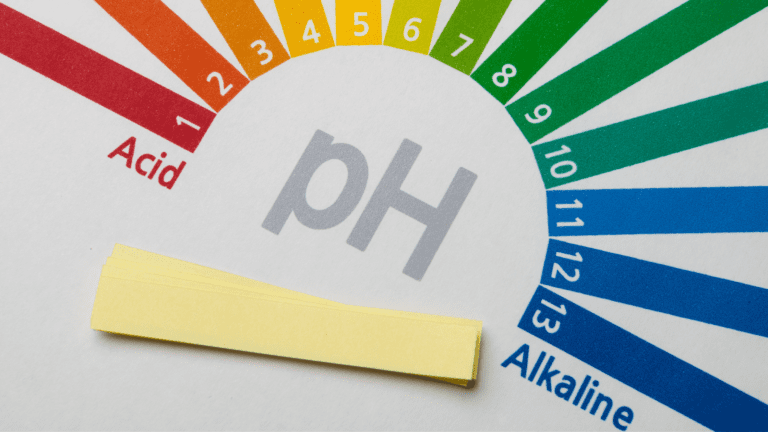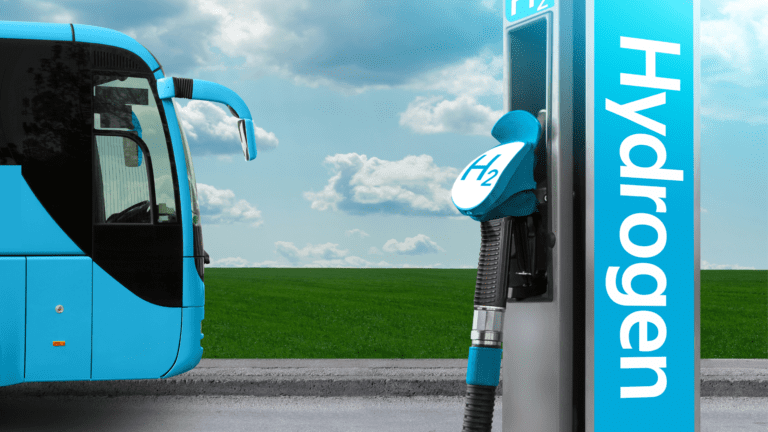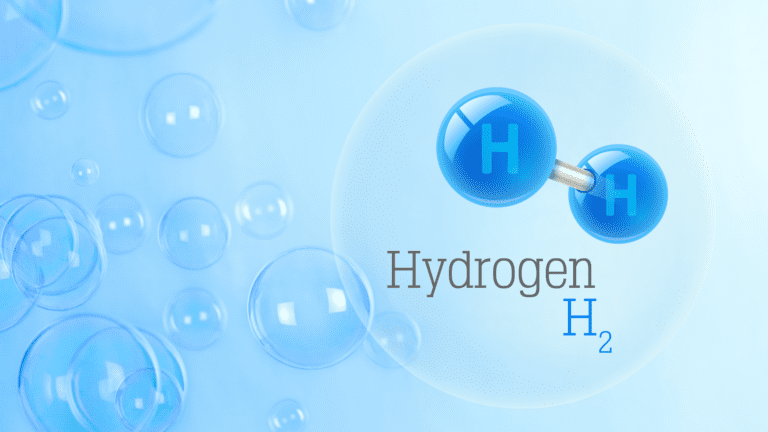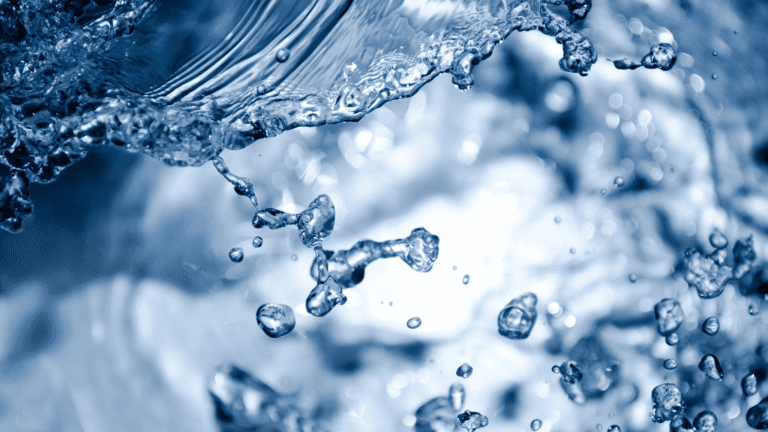HYDROGEN GAS IN THE WATER
The manner in which hydrogen gas is dissolved in the water has an effect on its stability and rate of exsolution (coming out of solution) and dissipation. Hydrogen gas can exist in water as fully dissolved gaseous solutes, colloidal and suspension forms, as well as large macrobubbles that exit almost immediately. There are many things to consider when discussing hydrogen in water including macro, micro and nano-bubbles, zeta potential, nucleation, solvation, Ostwald ripening, bubble coalescence, ionic strength, and other factors that affect solubility and half-life.
However, it is important to consider that simply bubbling hydrogen gas into water or producing it in water (e.g. metallic magnesium, electrolysis via water ionizers, etc.), does not necessarily mean that the water will contain a saturated level or even a therapeutic level of hydrogen gas. Indeed, some water ionizers are able to produce a high alkaline pH, and thus by default “produce” hydrogen gas, but the concentration of hydrogen gas in the water may be less than 0.05 ppm.
LIGHTER DEMO
A great example of undissolved hydrogen can be seen with the “lighter demo”, in which a flame is held near the alkaline output hose of some “water ionizers” and a “crackling” sound can be heard along with small visible sparks as the hydrogen gas ignites. But, the hydrogen gas that ignites is only the “undissolved” hydrogen gas, which immediately evaporates into the air, thus offering no therapeutic value. Therefore, the “crackling” sound that can be heard with the “lighter demo” only indicates that hydrogen gas was produced via electrolysis, but the amount dissolved may actually be below the therapeutic level.
“MILKY” LIKE WATER & BUBBLES
Undissolved hydrogen gas can also be seen in some cases with conventional alkaline water ionizer where the water looks “milky” or “foggy” due to all the large hydrogen gas bubbles. Therefore, just because a water looks milky or you can see many bubbles in the water does not indicate that the water has a high concentration of molecular hydrogen. In fact, the actual concentration may even be below the detection/therapeutic level.
Conventional alkaline water ionizers were developed decades before the importance of hydrogen gas was known, thus their design was optimized to produce alkaline water not dissolved hydrogen gas. In fact, some water ionizers may produce very high alkaline water, but with no detectable amounts of hydrogen gas. This is also observed in many water ionizers that may produce an adequate level of hydrogen gas when the electrodes and hoses are clean, but after calcium builds up within the machine, the level of hydrogen gas can fall below the detection limit (this may take a few days to weeks or months depending on the source water and usage). This fact also underscores the importance of regular cleaning and maintenance, with different machines requiring different maintenance programs. This also explains the frequent observation experienced by alkaline ionized water users, that when they clean their machine the water “feels fresh and therapeutic like when the machine was brand-new”. Importantly, one cannot rely on ORP readings to verify that their water has high hydrogen gas levels. You can have a -700 mV reading while having over 1 ppm of H2, or less than 0.05 ppm of H2. (see: this article for an explanation).
SUMMARY
In conclusion, there is an important relationship between the total amount of hydrogen gas produced and the total amount of dissolved hydrogen gas. The higher the percent of hydrogen gas that gets dissolved the more efficient the system. Thus, if a system were fully optimized you would not see any hydrogen bubbles or hear any crackling sound during the lighter demo. Although the presence of bubbles or the crackling sound doesn’t mean the water contains high hydrogen levels, it also doesn’t mean that it contains low hydrogen levels.

